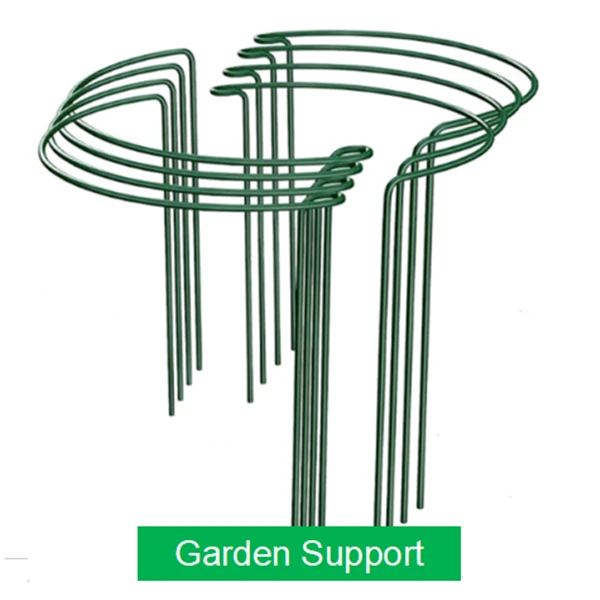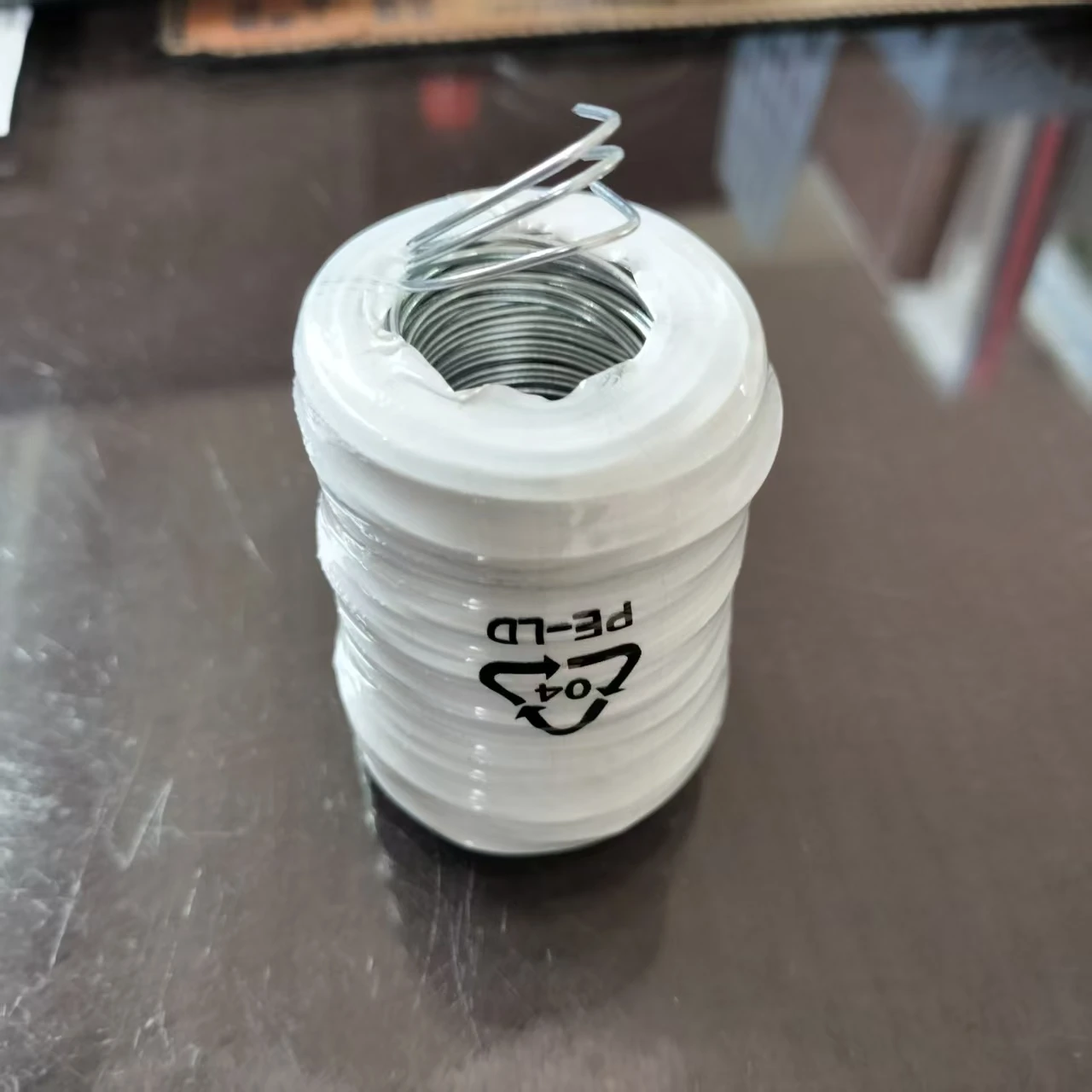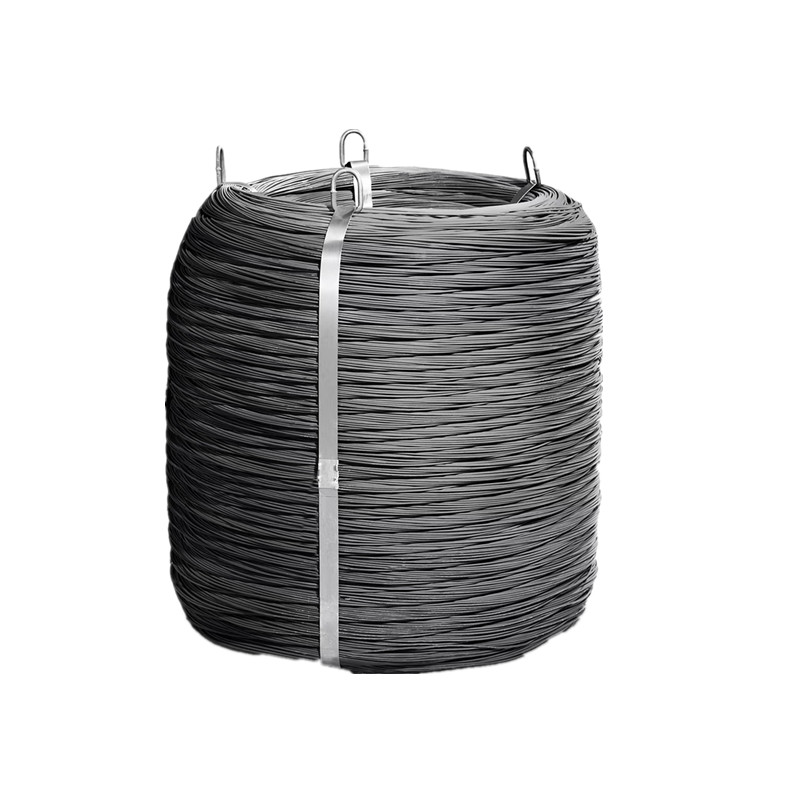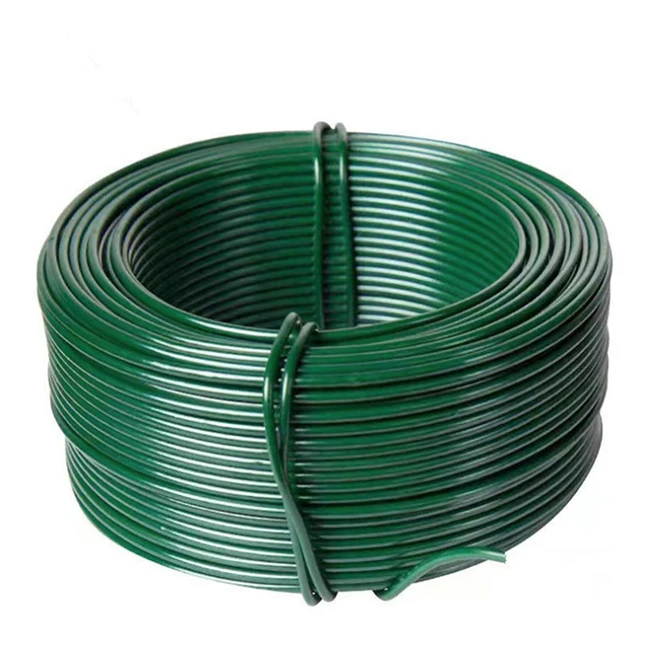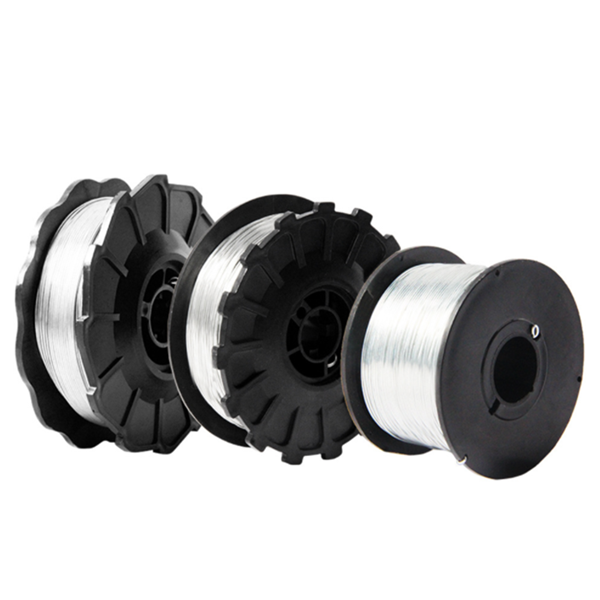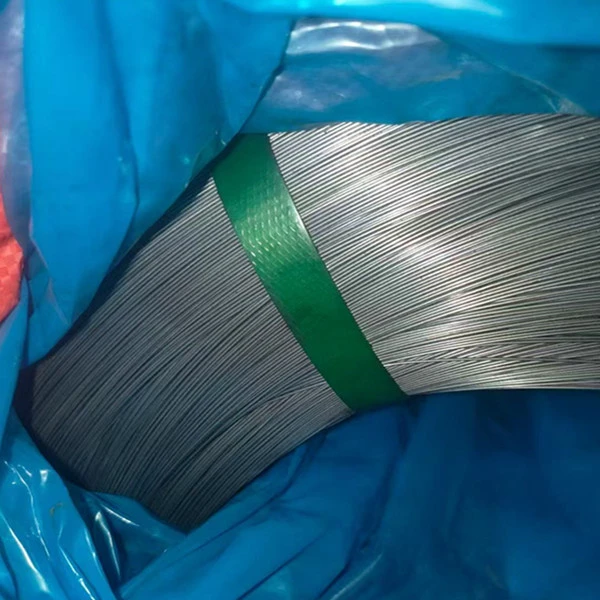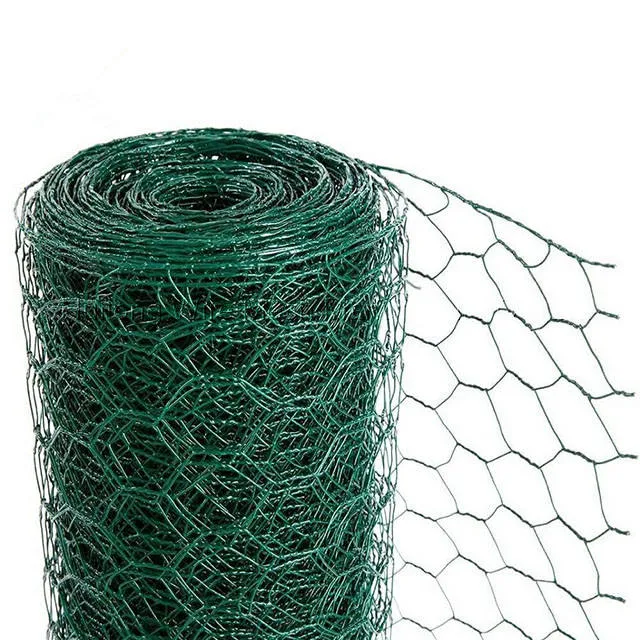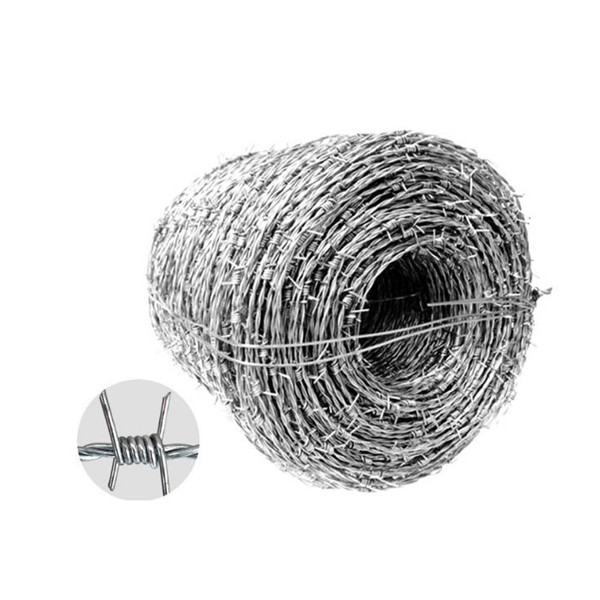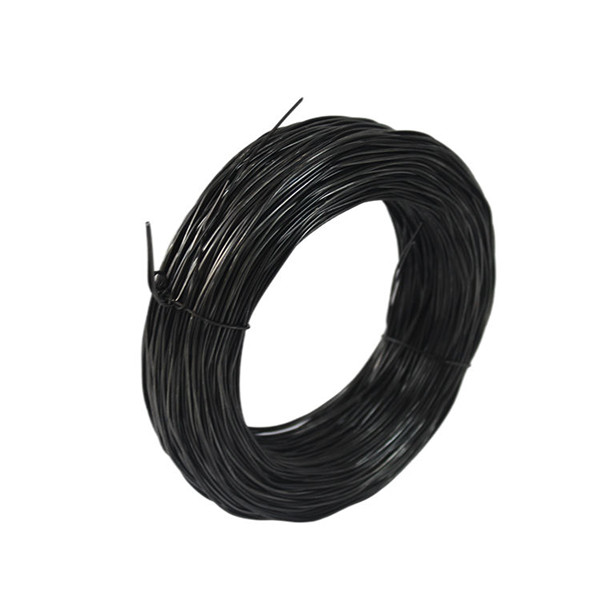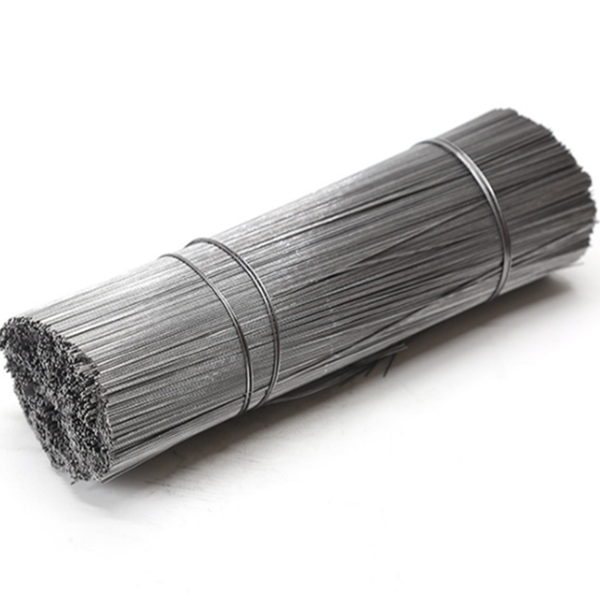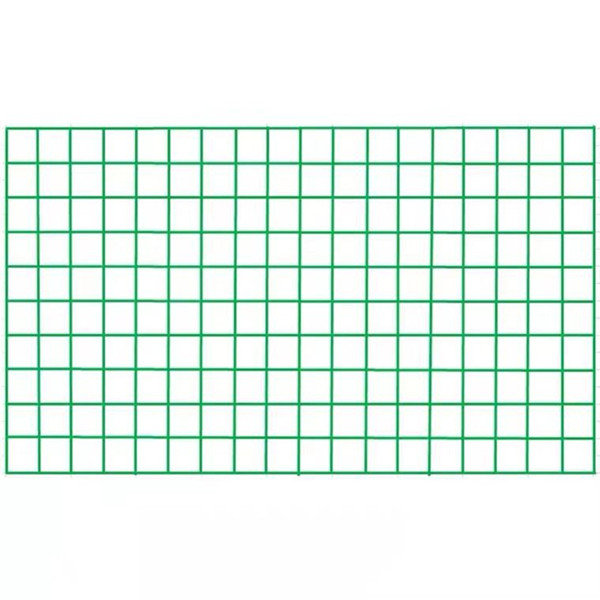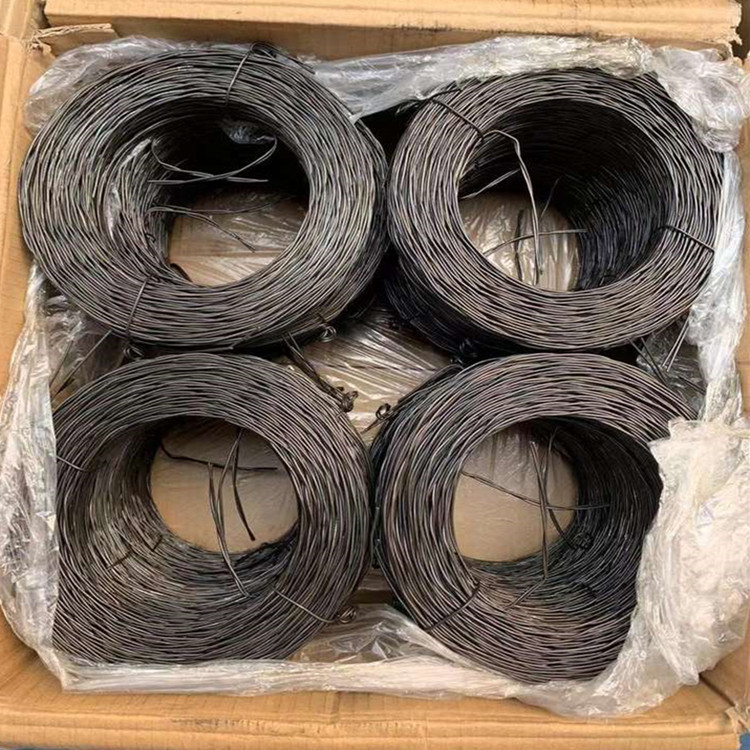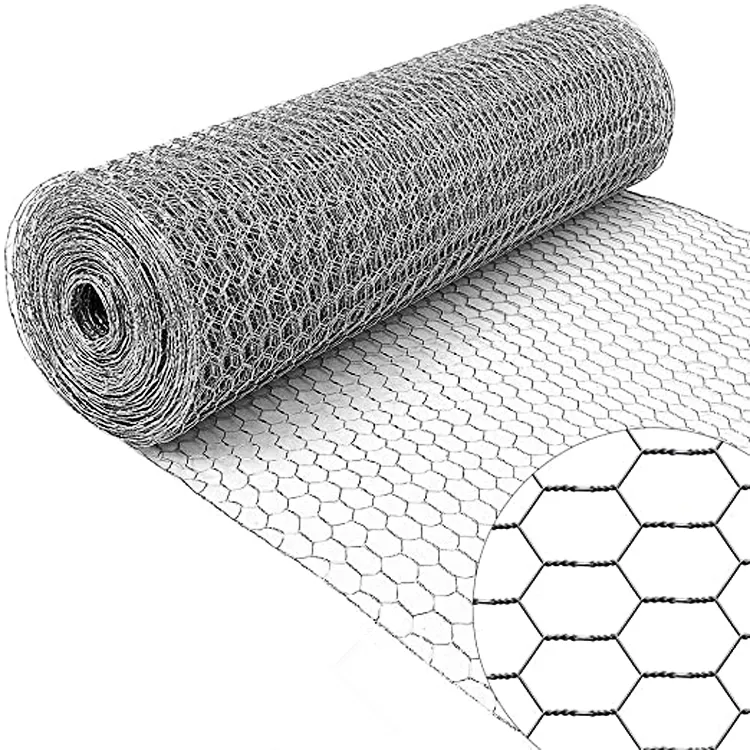Why Strand Barbed Wire Remains a Staple in Industrial Fencing
Working in the industrial equipment sector for as long as I have, it’s remarkable how some products evolve while others remain steadfast in their utility. Take strand barbed wire—a simple yet crucial component of security fencing that’s been doing its job for well over a century. The raw practicality, combined with improved manufacturing techniques, makes it a favorite among engineers, site managers, and installers alike.
Looking back, the tendencies around using barbed wire have shifted. While modern fencing designs often incorporate high-tech materials, strand barbed wire keeps its place because of cost-efficiency, durability, and adaptability. I remember a project in a rural setting where we opted for a heavy-gauge galvanized strand. The ability to customize the strand’s diameter, barb spacing, and coating was a real lifesaver given the harsh weather conditions.
The Ins and Outs of Strand Barbed Wire Specifications
Just to give you a real feel for the product, here’s a rundown of what typical strand barbed wire specs look like. These specs aren’t theoretical; they’re based on years of on-the-ground feedback from engineers who demand nothing less than consistency and strength.
| Specification | Typical Range | Notes |
|---|---|---|
| Wire Diameter | 2.5mm – 4mm | Usually galvanized steel for corrosion resistance |
| Barb Length | 15mm – 25mm | Sharper barbs improve deterrence but may increase handling risk |
| Barb Spacing | 75mm – 125mm | Depends on security requirements and regulations |
| Breaking Load | 400 – 700 N/mm² | High tensile for tougher environments |
| Coating | Galvanized; PVC coating optional | PVC adds weather resistance and longevity |
Comparing Vendors: What to Look for When Buying Strand Barbed Wire
Over the years, I’ve had my fair share of dealings with manufacturers and suppliers. Oddly enough, it's not always about who offers the lowest price. Reliability, turnaround times, and after-sales support can make or break a project. Let me share a quick comparison table from some popular vendors — purely to give you a sense of what’s out there.
| Vendor | Lead Time | Customization Options | Quality Certifications | Approx. Price/kg |
|---|---|---|---|---|
| Lanye Wire Mesh | 2 weeks | Barb length, spacing, coating | ISO 9001, SGS | $2.1 |
| SteelSecure Inc. | 3-4 weeks | Standard sizes only | ISO 14001 | $1.9 |
| FencePro Supplies | 1 week | Limited customization | None | $2.4 |
In real terms, when deciding on your strand barbed wire source, think beyond price tags. I’ve seen sites with cheaper wire fail faster due to poor galvanization. Weather, environmental factors, installation skill, and—even though you’d hope not—occasional tampering come into play.
One small anecdote: a client once switched mid-project to a vendor promising faster delivery. The wire arrived on time but was noticeably less robust under load tests, meaning we had to reorder. Lesson learned: always test samples before bulk purchase.
Strand barbed wire might look straightforward, but it’s those subtle details—like tensile strength nuances, coating types, and barb sharpness—that make a real difference in the field. From ranches to heavy industry, its enduring presence speaks volumes. And if you’re curious to explore a trusted source, well, you know where to look.
Here's to strong strands and sharp barbs keeping the boundaries clear, reliable, and long-lasting.
References & Thoughts
- Personal industry experience and on-site observations.
- Technical specifications and product datasheets from reputable manufacturers.
- Vendor certifications and customer feedback over multiple project cycles.




